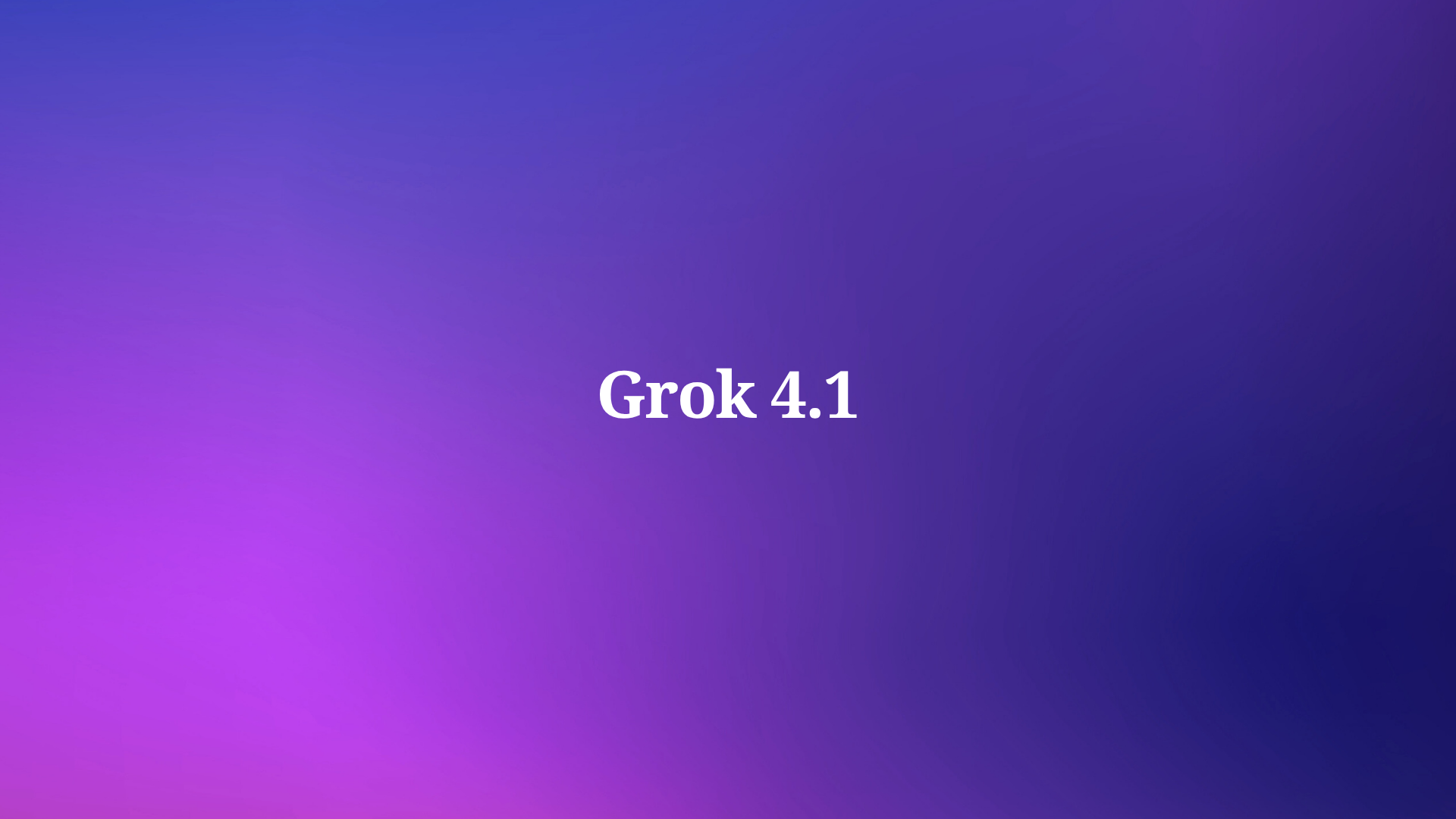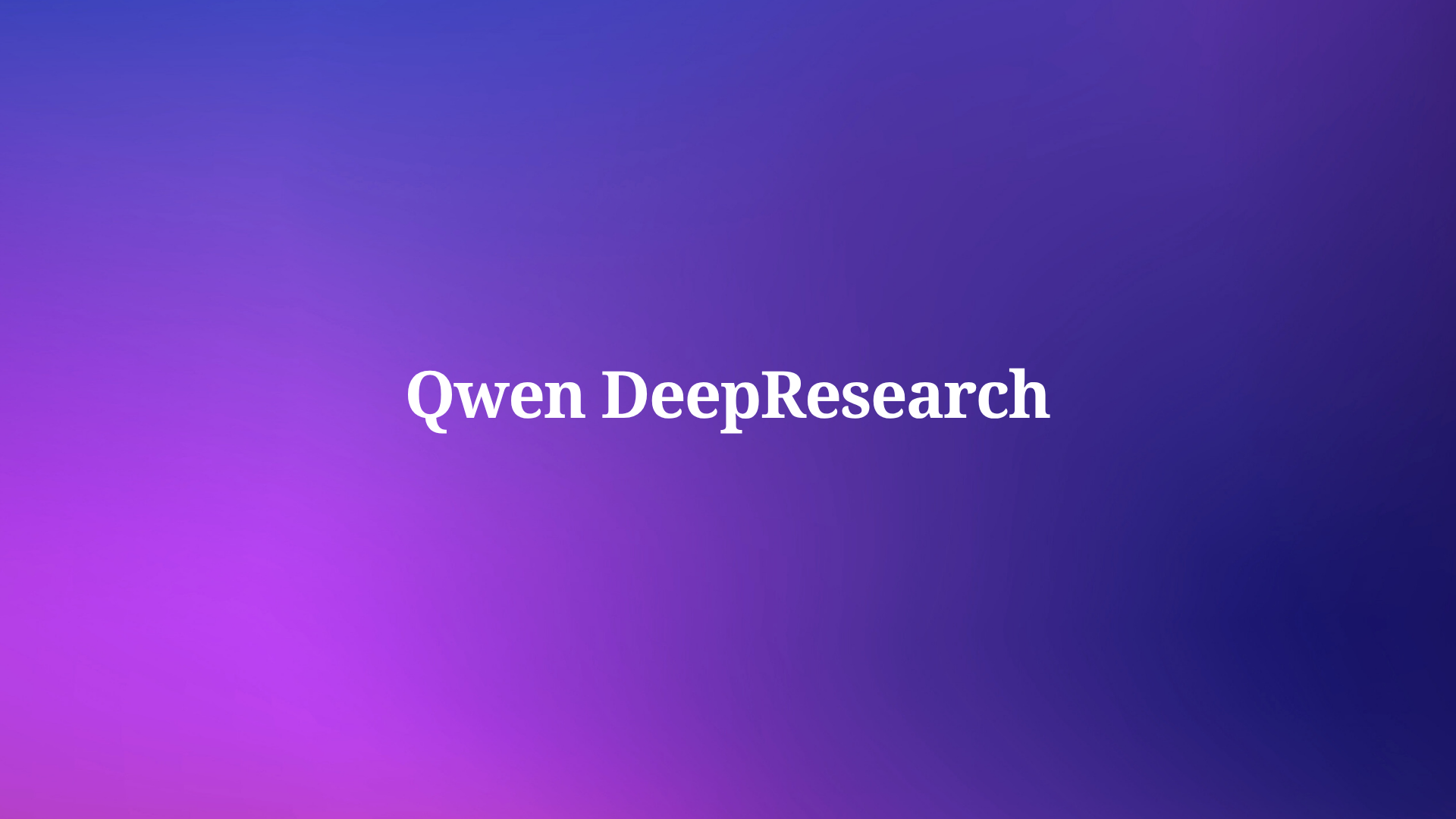Mistral AI continues to push the boundaries of artificial intelligence with their latest innovation in the coding domain. The French AI company has unveiled Codestral Embed, a specialized embedding model designed specifically for code-related tasks. This breakthrough technology promises to transform how developers interact with codebases, enabling more efficient code search, completion, and understanding through advanced vector embeddings.
Understanding Codestral Embed
Codestral Embed represents a significant advancement in code understanding technology. Unlike traditional text-based search tools that rely on keyword matching, this embedding model creates dense vector representations of code snippets. These embeddings capture the semantic meaning and functional similarity of code, enabling developers to find relevant code segments even when they use different syntax or programming patterns.

The model operates by transforming code snippets into high-dimensional vectors that preserve the underlying logic and structure. When developers query the system using natural language or code examples, Codestral Embed compares these embeddings to identify the most relevant matches. This approach dramatically improves the accuracy of code search compared to traditional string-matching methods.
Technical Architecture and Implementation Details
The underlying architecture of Codestral Embed leverages transformer-based neural networks specifically trained on vast datasets of source code. The model processes code through several key stages that ensure optimal embedding quality and search accuracy.
Initially, the system performs code tokenization, breaking down source code into meaningful tokens that preserve both syntactic and semantic information. This tokenization process handles various programming languages differently, accounting for their unique syntax rules and conventions. The model then applies attention mechanisms to understand relationships between different code elements, functions, and variables.
The embedding generation process creates fixed-size vector representations typically ranging from 256 to 1024 dimensions. These vectors encode information about code functionality, variable usage patterns, control flow structures, and algorithmic approaches. The dimensionality can be adjusted based on specific use cases, with higher dimensions providing more nuanced representations at the cost of increased computational requirements.

Key Features and Capabilities of Codestral Embed
Codestral Embed facilitates rapid and efficient context retrieval for code completion, editing, or explanation tasks, making it an ideal solution for modern development workflows. The model excels in several critical areas that directly impact developer productivity and code quality.
The primary capability involves semantic code search, which allows developers to find relevant code using natural language queries. Instead of searching for specific function names or variable identifiers, developers can describe what they want the code to accomplish. For example, searching for "function that validates email addresses" will return relevant validation functions regardless of their naming conventions.
Code similarity detection represents another powerful feature of Codestral Embed. The model identifies functionally similar code segments even when they exhibit significant lexical variations. This capability proves invaluable for code deduplication efforts, refactoring projects, and identifying reusable components across large codebases.
The embedding model also supports cross-language code matching, enabling developers to find equivalent functionality implemented in different programming languages. This feature particularly benefits teams migrating between technologies or working on multi-language projects where similar patterns exist across different tech stacks.
Codestral Embed provides contextual code completion capabilities that understand the broader project context. Unlike traditional autocomplete features that only consider immediate syntax, this model recommends code completions based on the overall codebase patterns and architectural decisions.
Integration with Development Tools and Frameworks
Modern software development relies heavily on integrated development environments and coding assistance tools. Codestral Embed seamlessly integrates with popular development frameworks and platforms, enhancing existing workflows without requiring significant changes to established processes.
The model supports integration with major IDEs including Visual Studio Code, JetBrains products, and Vim-based editors. Developers can access Codestral Embed functionality through plugins and extensions that provide real-time code search and suggestion capabilities directly within their coding environment.
API integration represents another crucial aspect of Codestral Embed deployment. Development teams can incorporate the embedding model into their custom tooling through RESTful APIs, enabling automated code analysis workflows. This programmatic access allows for integration with continuous integration pipelines, code review systems, and documentation generation tools.

The model also works effectively with popular AI development frameworks like LangChain and LlamaIndex. These integrations enable developers to build sophisticated code analysis applications that combine Codestral Embed with other AI capabilities such as natural language processing and automated code generation.
Cloud deployment options provide scalability for large development teams and enterprise environments. Organizations can deploy Codestral Embed on their preferred cloud infrastructure while maintaining control over their proprietary code and development data.
Performance Benchmarks and Evaluation Metrics
Understanding the performance characteristics of Codestral Embed requires examining multiple evaluation dimensions that reflect real-world usage scenarios. The model demonstrates impressive performance across various code-related tasks, establishing new benchmarks in the field of code intelligence.

Retrieval accuracy serves as a primary performance indicator, measuring how effectively the model identifies relevant code snippets in response to queries. Codestral Embed achieves high precision and recall rates across different programming languages and code complexity levels. The model particularly excels at understanding algorithmic patterns and data structure implementations.
Response latency represents another critical performance factor, especially for interactive development environments. Codestral Embed processes queries and generates embeddings within milliseconds, ensuring smooth integration with real-time coding workflows. This low latency enables responsive code completion and search experiences that don't interrupt developer flow.
The model's multilingual capabilities have been rigorously tested across dozens of programming languages, including both popular languages like Python and JavaScript, and more specialized languages used in specific domains. Performance remains consistent across this diverse language spectrum, making Codestral Embed suitable for complex, multi-language development environments.
Scalability testing demonstrates the model's ability to handle large codebases containing millions of lines of code. The embedding generation and search processes maintain acceptable performance levels even when indexing extensive enterprise codebases, making the solution viable for large-scale deployments.
Security Considerations and Data Privacy
Implementing Codestral Embed in enterprise environments requires careful attention to security and privacy concerns, particularly when dealing with proprietary code and sensitive intellectual property. Organizations must establish appropriate safeguards while maintaining the benefits of advanced code intelligence.
Data isolation represents a fundamental security requirement for Codestral Embed deployments. Organizations should ensure that code embeddings remain within their controlled infrastructure, preventing unauthorized access to proprietary algorithms and business logic. This often involves on-premises or private cloud deployments rather than public cloud services.
Access control mechanisms must govern who can query the embedding system and what code repositories they can search. Role-based access controls should align with existing code repository permissions, ensuring that developers only access code they're authorized to view. This granular control prevents information leakage across project boundaries.
Audit logging capabilities enable organizations to track embedding system usage and identify potential security incidents. Comprehensive logs should capture query patterns, accessed repositories, and user activities to support compliance requirements and security monitoring.
Code anonymization techniques can enhance privacy protection while preserving embedding utility. Organizations may choose to strip sensitive information like API keys, database credentials, and proprietary algorithms before generating embeddings, though this requires careful balance to maintain search effectiveness.
Encryption protocols protect embedding data both in transit and at rest. Strong encryption ensures that even if embedding databases are compromised, the underlying code information remains protected. This includes encrypting both the original code and the generated vector representations.
Cost Analysis and ROI Considerations
Organizations evaluating Codestral Embed must consider both direct costs and potential returns on investment. The economic impact extends beyond licensing fees to include implementation costs, productivity gains, and long-term maintenance considerations.
Direct licensing costs vary based on usage volume, deployment model, and organizational size. Cloud-based deployments typically involve per-query pricing, while on-premises installations may require upfront licensing fees. Organizations should model expected query volumes to accurately estimate ongoing costs.
Implementation expenses include integration development, staff training, and system administration overhead. These costs can be significant for complex deployments but often provide long-term value through improved developer productivity and code quality.
Productivity improvements represent the primary ROI driver for Codestral Embed implementations. Reduced time spent searching for relevant code, faster onboarding of new developers, and improved code reuse patterns can generate substantial cost savings. Organizations typically see ROI within 6-12 months of deployment.
Quality enhancements contribute to long-term value through reduced bug rates, improved code consistency, and better architectural decisions. While these benefits are harder to quantify, they significantly impact maintenance costs and technical debt over time.
Maintenance considerations include ongoing costs for embedding updates, system administration, and user support. Organizations should budget for these recurring expenses while recognizing that embedding systems require less maintenance than traditional development tools.
Conclusion
Codestral Embed represents a significant advancement in code intelligence technology, offering developers powerful new capabilities for code search, understanding, and reuse. The model's semantic understanding of code patterns, combined with its multilingual support and integration flexibility, makes it a valuable addition to modern development workflows.
The technology addresses fundamental challenges in software development, from code discovery in large repositories to knowledge transfer between team members. By enabling natural language queries for code search, Codestral Embed removes barriers that traditionally separate developers from relevant code examples and patterns.





